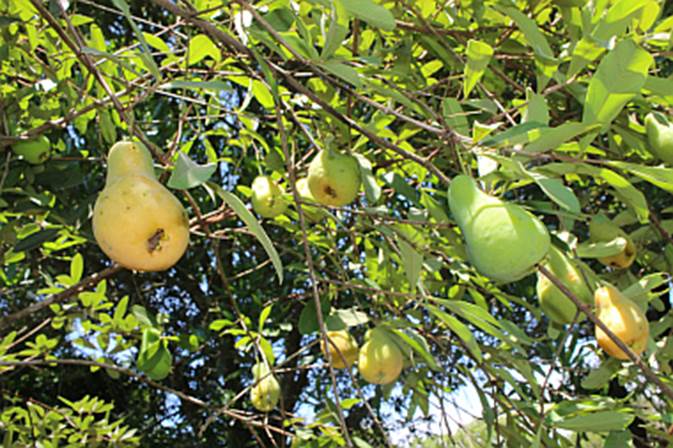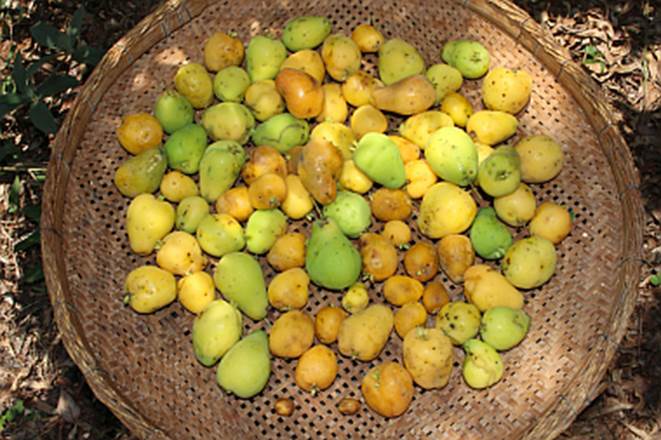Eugenia campininha - 1 potted plant / 1 getopfte Pflanze
Eugenia campininha
Family / Familie: Myrtaceae
origin from / Herkunft: Brasil / Brasilien
Climate / Klima: temperate to warm (10-25C / 50-77F) / gemäßigt bis warm (10-25C / 50-77F)
Use / Verwendung: edible fruits, juice, jam, ice cream, etc. / essbare Früchte, Säfte, Marmelade, Eis usw.
you buy / sie kaufen: 1 potted plant / 1 getopfte Pflanze
Delivery EU only
This Eugenia was discovered by the collector Helton Muniz in 2000 in the Brazilian state of São Paulo.
At the time, he incorrectly identified this species as Eugenia arenosa.
In 2023, this Eugenia received its true name: Eugenia campininha.
This plant grows slowly in the first two years.
It comes from the neighboring Cerrado region in Brazil and there the plants form deep roots (in nutrient-poor soil) to survive the three-month dry season.
So you need deep pots and nutrient-poor soil.
It is best to put a few stones at the bottom of the pot to avoid waterlogging.
Nevertheless, it is important to know that the deep roots must never dry out.
Only three locations of this plant in the wild are known so far.
The fruits of this Eugenia are eaten raw and are highly valued.
They can also be processed into juices, ice cream, etc. Please overwinter at a minimum of 10 degrees, even if this plant can withstand light frost for a short time.
Diese Eugenia wurde von dem Sammler Helton Muniz im Jahr 2000 im brasilianischen Bundesstaat São Paulo entdeckt.
Damals identifizierte er diese Art fälschlicherweise als Eugenia arenosa.
Im Jahr 2023 erhielt diese Eugenia ihren wahren Namen: Eugenia campininha.
Diese Pflanze wächst in den ersten beiden Jahren langsam.
Sie stammt aus der angrenzenden Cerrado Region in Brasilien und dort bilden die Pflanzen tiefe Wurzeln (in nährstoffarmer Erde) um in der dreimonatigen Trockenzeit zu überleben.
Man benötigt also tiefe Töpfe und nährstoffarme Erde.
Am besten legt man am Boden des Topfes ein paar Steine um Staunässe zu vermeiden.
Trotzdem ist es wichtig zu wissen, dass die tiefen Wurzeln niemals austrocknen dürfen.
Von dieser Pflanze sind bisher nur drei Standorte in der freien Natur bekannt.
Die Früchte dieser Eugenia werden roh verzehrt und sind sehr geschätzt.
Man kann sie auch zu Säften, Eis etc weiterverarbeiten.
Überwintern bitte bei mindestens 10 Grad auch wenn diese Pflanze kurzfristig leichten Frost aushält.







